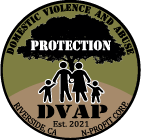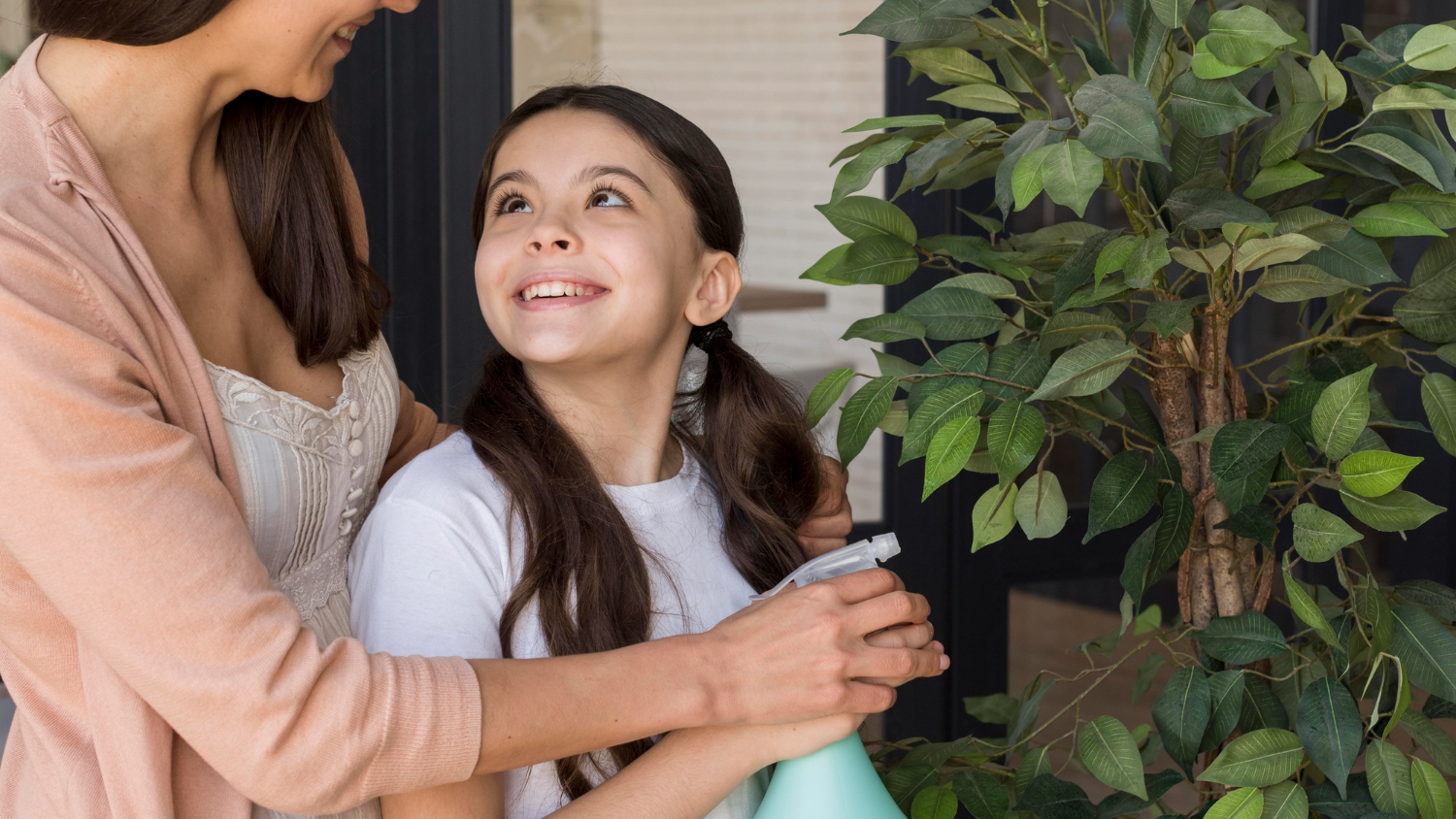Children who witness domestic violence face challenges that can impact their emotional, psychological, and social well-being. Often overlooked in discussions about abuse, these young witnesses are deeply affected by the trauma within their environment. Acknowledging their experiences and providing support can help pave the way toward healing, stability, and hope.
The Emotional and Psychological Impact on Children
When children are exposed to domestic violence, the effects can run deep. Living in a household with conflict and fear can take a toll on a developing mind, influencing how children view themselves, their relationships, and the world around them.
Signs of Trauma in Children
Children who witness abuse may not always verbalize their feelings, but their behaviors often tell the story. Common signs of trauma include:
- Excessive fear or anxiety – Fear of separation from caregivers or being overly cautious.
- Difficulty concentrating – Challenges in focusing at school or during activities.
- Aggression or withdrawal – Exhibiting angry outbursts or becoming distant and silent.
- Sleep disturbances – Nightmares or trouble falling asleep.
- Physical symptoms – Complaints of stomachaches, headaches, or other stress-induced ailments.
Recognizing these signs is the first step in addressing the impact of domestic violence on children.
Supportive Strategies for Healing
Restoring a sense of security and nurturing is essential for children affected by domestic violence. Families, caregivers, schools, and communities all play a role in helping them heal.
For Caregivers
- Reassure Safety – Consistently remind children that they are safe, loved, and cared for.
- Communication Matters – Create a space where they can share their thoughts and emotions without fear of judgment or punishment.
- Establish Routines – A predictable routine helps create stability and reduce anxiety.
For Schools
- Provide Counseling Support – Collaborate with counselors trained in trauma-focused approaches.
- Create a Nurturing Environment – Teachers and staff should promote kindness, patience, and empathy through words and actions.
- Identify Signs of Struggle – Be attentive to any behavioral changes and provide timely intervention.
For the Community
- Safe Spaces – Offer community centers, programs, and activities where children feel they belong.
- Increase Awareness – Provide education about the impact of domestic violence so the community becomes more proactive in supporting families in need.
- Partner with Advocacy Groups – Collaborate with non-profits like Domestic Violence and Abuse Protection, Inc., to ensure resources are accessible to survivors and their families.
Building Protective Environments
Creating environments where children feel physically and emotionally safe is vital to their recovery. This may include finding secure housing, limiting exposure to conflict, and fostering positive role models in their lives. Encouraging activities like art, music, and sports can also help children process their emotions in healthy ways.
Seeking Help and Hope
Breaking the cycle of domestic violence requires collective action. If you or someone you love is dealing with domestic violence, do not hesitate to seek help. Organizations like DVAP are dedicated to supporting survivors and their families, ensuring no one faces this battle alone.
Are You Experiencing Domestic Violence or Abuse? DVAP Is Here To Help
Domestic Violence and Abuse Protection, Inc. is a non-profit organization committed to protecting survivors of domestic abuse. When restraining orders are not enough, we provide the determined protection you deserve.
We are located at 3900 Orange St. Riverside, CA.
📞 Call us at (951)-275 8301 (24 hours) or 📧 email admin@dvapriverside.org.
Empower yourself and the children in your life by taking the first step toward safety and healing. Together, we can build a future of hope and resilience.






